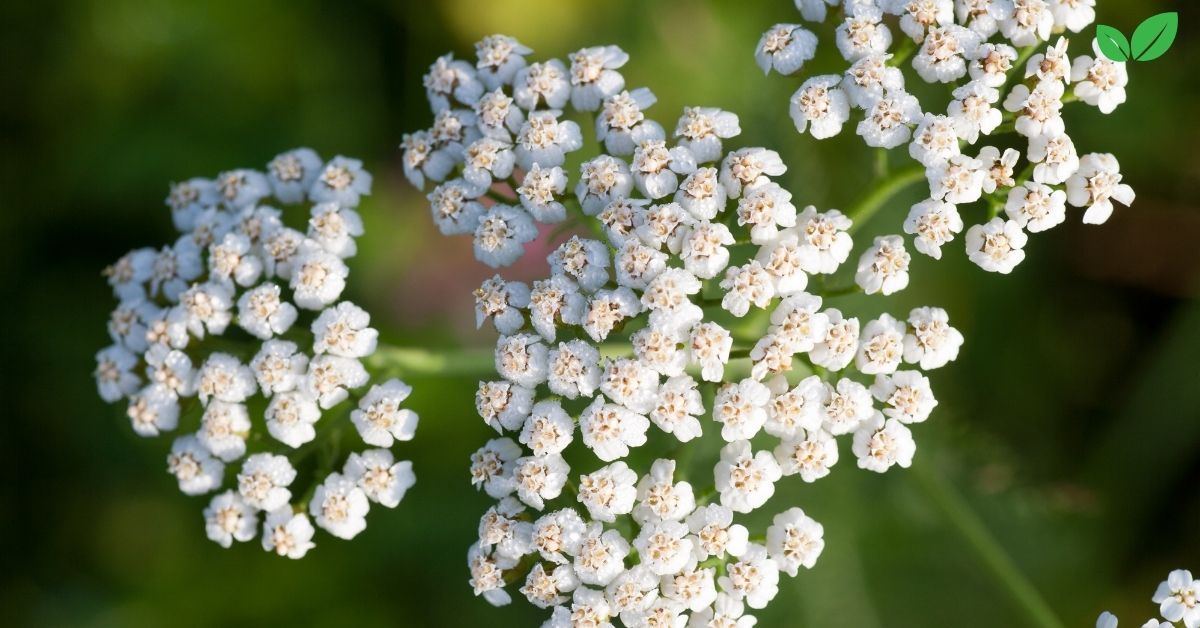Introduction
Achillea, commonly known as yarrow, is a genus of flowering plants that has long captured the attention of botanists, gardeners, and environmentalists. With a history steeped in traditional medicine and folklore, Achillea is more than just an ornamental plant. It is a versatile, resilient species that plays a significant role in various ecosystems, particularly in temperate regions. Its environmental importance is vast, contributing to biodiversity, soil health, and sustainable landscaping.
In this article, we will explore the environmental niche of Achillea, its biological characteristics, ecological contributions, and the challenges it faces in today’s changing environment. From its role in supporting pollinators to its use in sustainable agriculture, it is an essential species that highlights the interconnectedness of plants and ecosystems.
The Biology and Adaptations of Achillea
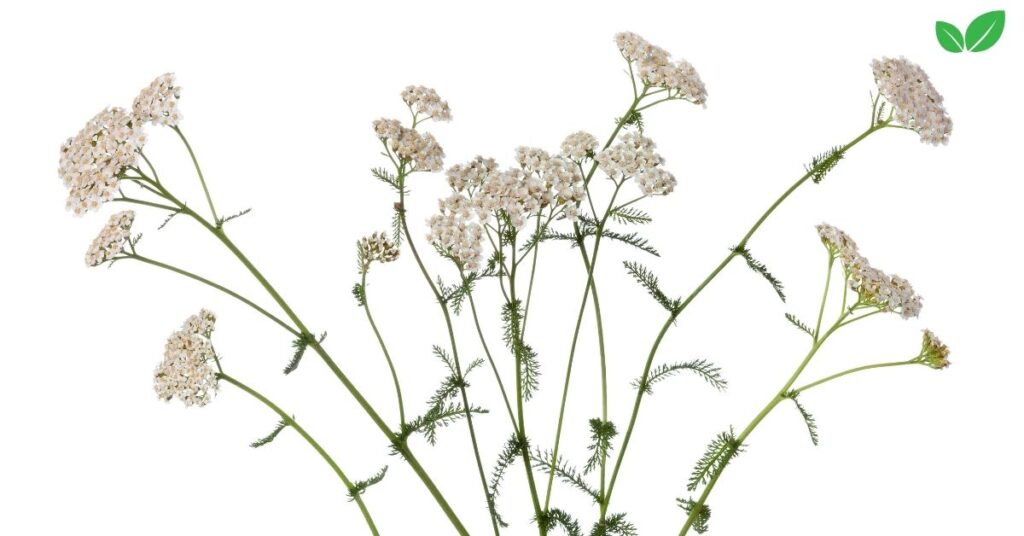
Taxonomy and Morphology
Achillea belongs to the Asteraceae family, which is one of the largest plant families, including daisies, sunflowers, and asters. The most well-known species within the genus is Achillea millefolium, commonly referred to as yarrow. This species is easily recognizable by its feathery, fern-like leaves and clusters of small, flat-topped flowers that range in color from white to yellow, pink, and red. Its adaptability to various climates and soil types makes it a hardy plant capable of thriving in a wide range of environments.
Achillea has a deep root system that allows it to access water and nutrients in dry, nutrient-poor soils, making it an excellent plant for xeriscaping and low-maintenance gardening. Its rhizomatous growth form enables it to spread horizontally, which helps stabilize soil and prevent erosion. This adaptability to harsh conditions has made Achillea a favorite in wildflower meadows, restoration projects, and drought-prone landscapes.
Adaptations for Survival
Achillea exhibits several adaptations that have allowed it to survive in various habitats across the Northern Hemisphere. One key adaptation is its drought tolerance, which is crucial in climates where water availability is limited. The plant’s leaves are covered in fine hairs, which reduce water loss by trapping moisture and reducing transpiration. This feature, combined with its ability to grow in poor soils, makes it particularly well-suited to arid and semi-arid environments.
Additionally, Achillea is known for its allelopathic properties. This means that it can release chemicals into the soil that inhibit the growth of surrounding plants. While this might seem detrimental to other species, in certain ecosystems, it helps Achillea outcompete invasive species, contributing to the restoration of native plant communities.
Achillea in Ecosystems: Contributions to Biodiversity
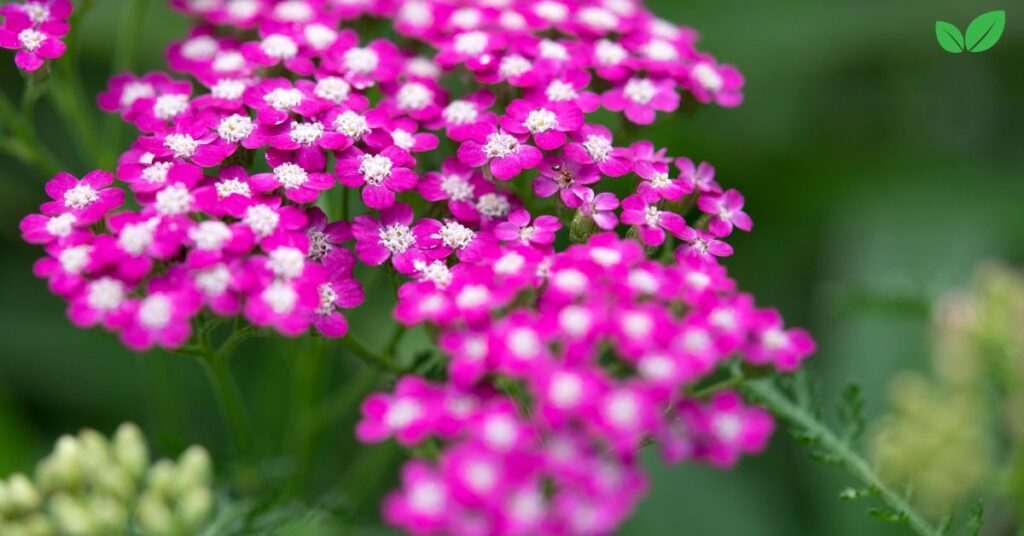
Supporting Pollinators
Achillea is a crucial plant for supporting biodiversity, particularly in pollinator populations. Its flowers are a rich source of nectar and pollen, attracting a wide range of insects, including bees, butterflies, hoverflies, and beetles. These pollinators play a vital role in the reproduction of many plant species, and by providing a food source, it helps sustain their populations.
Moreover, Achillea’s long blooming season, which can last from early summer to late fall, ensures that pollinators have access to resources when other flowering plants have gone dormant. This extended flowering period is particularly beneficial in ecosystems where food sources for pollinators become scarce during certain times of the year.
Role in Soil Health and Erosion Control
Achillea contributes to soil health in several ways. Its deep, fibrous root system helps bind soil particles together, reducing the risk of erosion, especially in areas with loose or sandy soils. This makes it an excellent plant for preventing soil degradation in sloped or disturbed areas, such as along roadsides or in post-agricultural landscapes.
Additionally, the plant’s presence in the soil ecosystem contributes to nutrient cycling. When it dies back in the winter, its organic matter decomposes, adding nutrients back into the soil. This process not only improves soil fertility but also supports the microbial communities that are essential for healthy, functioning ecosystems.
Wildlife Habitat
Beyond its role in supporting pollinators, Achillea provides a habitat for various forms of wildlife. Its dense growth and tall flower stalks offer shelter for insects, small mammals, and birds. In winter, when food is scarce, birds such as goldfinches and sparrows feed on the seeds of it, further embedding the plant into the local ecosystem.
In wildflower meadows, it often serves as a nurse plant, offering protection to smaller, more delicate species. Its foliage shields these species from wind and provides a microclimate that can enhance seedling establishment and growth.
Achillea in Sustainable Agriculture
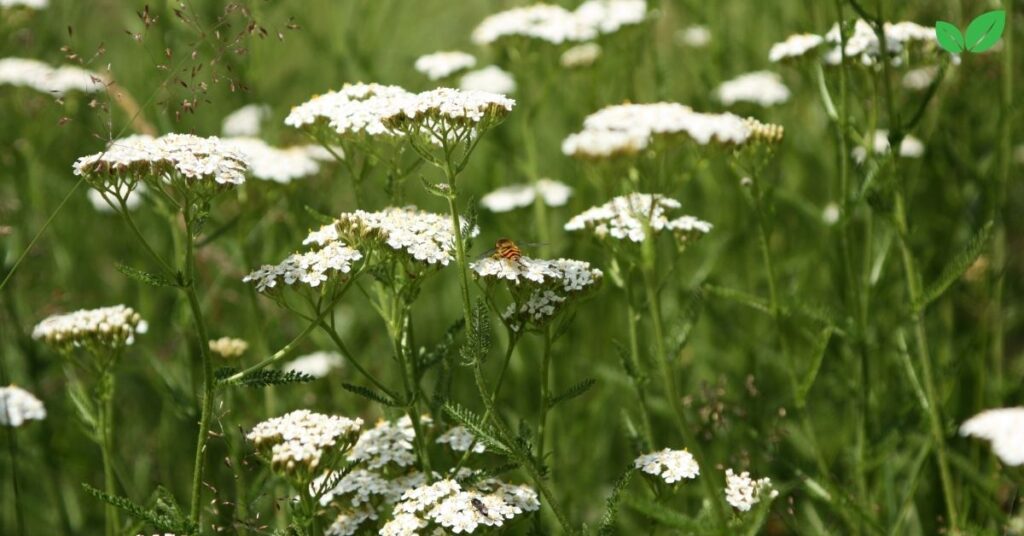
Companion Planting and Pest Control
Achillea is often used in companion planting due to its ability to attract beneficial insects, which helps control pest populations. For instance, hoverflies and ladybugs, both attracted to Achillea, are natural predators of aphids. By introducing it into agricultural systems, farmers can reduce their reliance on chemical pesticides, leading to more sustainable farming practices.
The plant’s allelopathic properties also make it useful in managing invasive species. In certain agroecosystems, it can be planted to suppress the growth of unwanted plants, providing a natural form of weed control.
Enhancing Soil Fertility
Achillea’s deep root system enables it to draw nutrients from deep within the soil, which it then brings closer to the surface. When its leaves decompose, they release these nutrients back into the upper soil layers, making them available for other plants. This natural process of nutrient cycling reduces the need for artificial fertilizers, which can have harmful environmental effects, such as water pollution and soil degradation.
Additionally, Achillea is known to accumulate certain minerals, including potassium and phosphorus, which are essential for plant growth. These minerals become available to surrounding plants as the Achillea leaves break down, contributing to the overall health of the agricultural system.
Environmental Challenges Facing Achillea
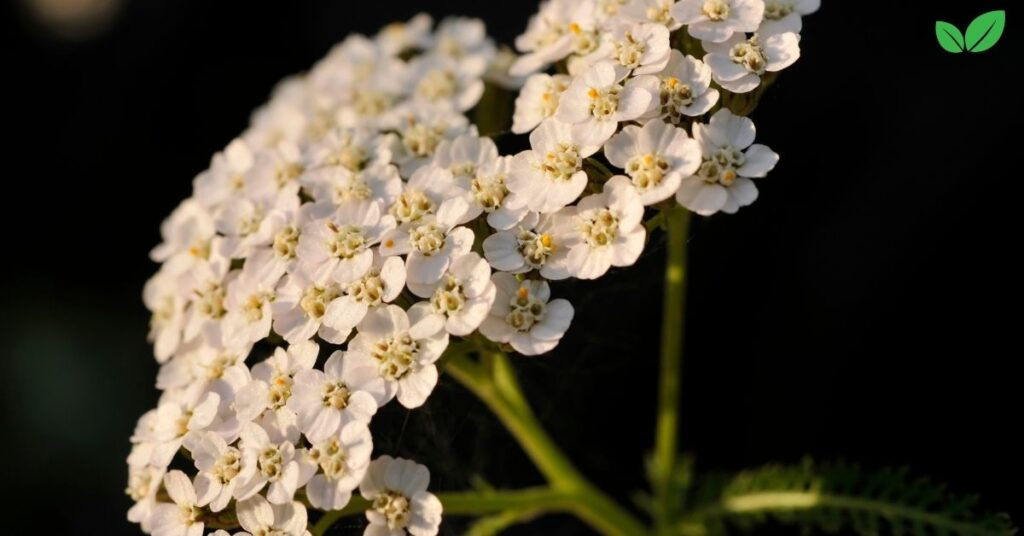
Habitat Loss and Fragmentation
Like many plant species, Achillea faces threats from habitat loss and fragmentation due to urbanization, agriculture, and infrastructure development. As natural habitats are converted for human use, populations of wild Achillea become isolated, reducing genetic diversity and the plant’s ability to adapt to environmental changes. In fragmented habitats, Achillea may also struggle to fulfill its role in supporting pollinators and other wildlife, further disrupting ecosystem functions.
Climate Change
Climate change poses another significant threat to it, particularly in regions where changing weather patterns are leading to more extreme temperatures and precipitation variability. While it is known for its adaptability to different environments, prolonged droughts, intense heat waves, and flooding can stress populations, especially those already living at the edge of their ecological tolerance.
In northern regions, warmer temperatures could cause shifts in the range of it, potentially leading to the displacement of other plant species that rely on cooler climates. These shifts may alter the composition of ecosystems, affecting biodiversity and ecosystem stability.
Invasive Species and Competition
Invasive species also pose a threat to Achillea in some regions. While the plant has its own allelopathic defenses, it may struggle to compete with aggressive invaders that dominate resources or alter soil chemistry. Invasive plants can outcompete it for sunlight, water, and nutrients, leading to a decline in populations. This, in turn, can reduce biodiversity, as the loss of Achillea impacts the wildlife that depends on it for food and habitat.
Conservation and Restoration Efforts
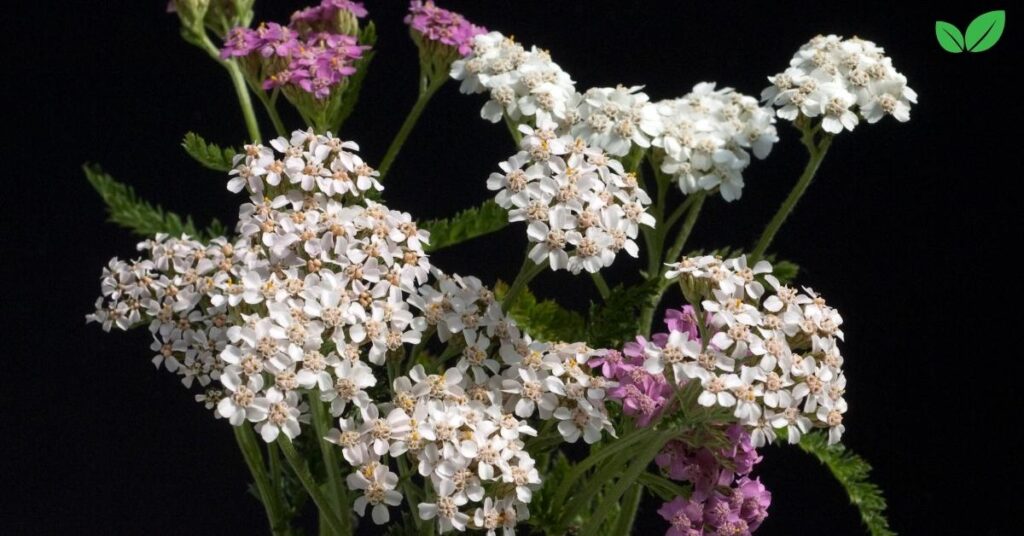
Protecting Natural Habitats
Conservation efforts to protect Achillea focus primarily on preserving the natural habitats where it thrives. Establishing protected areas, such as national parks and wildlife reserves, can safeguard these ecosystems from urbanization and agricultural expansion. Additionally, habitat corridors can be created to connect fragmented populations, allowing for the exchange of genetic material and reducing the risk of inbreeding.
Restoration Projects
Achillea is a key species in many ecological restoration projects, particularly in areas where soil erosion is a concern. In degraded landscapes, such as abandoned agricultural fields or overgrazed pastures, Achillea can be introduced to help stabilize the soil, prevent further erosion, and kickstart the recovery of native plant communities.
In some cases, Achillea is used in seed mixes for revegetation projects aimed at restoring native prairie and meadow ecosystems. By reintroducing Achillea to these areas, conservationists can help rebuild ecosystems that support a wide range of wildlife, including pollinators and small mammals.
Public Awareness and Education
Raising public awareness about the ecological importance of Achillea is essential for its conservation. Educational campaigns can highlight the plant’s role in supporting pollinators, enhancing soil health, and promoting biodiversity. By encouraging the use of Achillea in home gardens, urban green spaces, and agricultural systems, individuals can contribute to the conservation of this important species.
Public gardens and botanical institutions often play a role in educating the public about native plant species, including Achillea. These institutions can promote the use of native plants in landscaping and provide resources for individuals interested in incorporating it into their gardens.
Achillea in Sustainable Landscaping
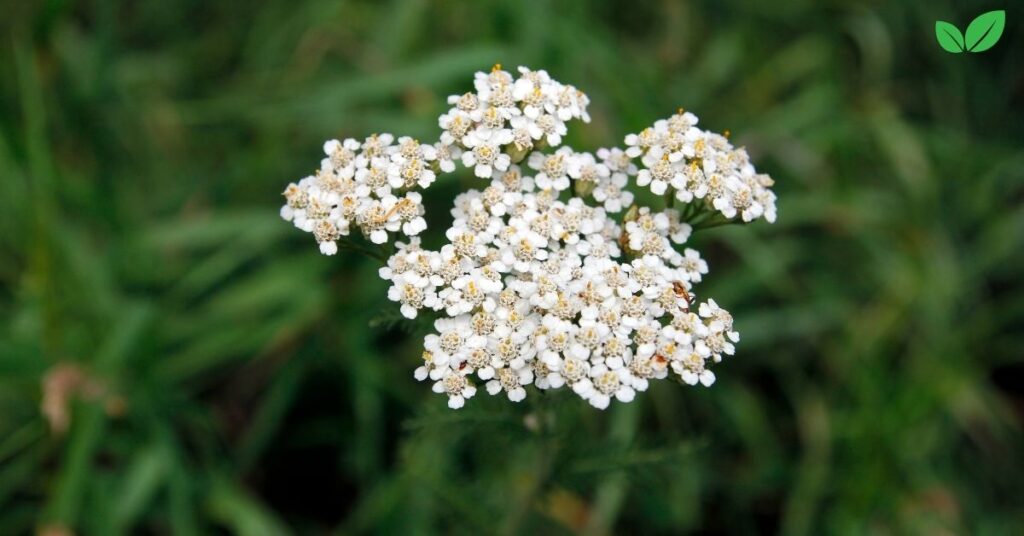
Low-Maintenance Gardening
Achillea is an ideal plant for sustainable landscaping due to its low water and nutrient requirements. In xeriscaping, a landscaping method that reduces the need for irrigation, Achillea is often used alongside other drought-tolerant plants to create visually appealing, low-maintenance gardens. Its long blooming season and vibrant flower colors make it a popular choice for homeowners looking to reduce water use while maintaining a beautiful garden.
Enhancing Urban Biodiversity
In urban environments, Achillea can contribute to enhancing biodiversity by providing habitat and food sources for pollinators and other wildlife. By incorporating Achillea into urban green spaces, such as parks, roadside plantings, and community gardens, cities can create pockets of biodiversity that support local wildlife. These small habitats, known as urban refugia, offer critical resources for pollinators and other species that may struggle to find suitable habitat in densely populated areas.
Achillea’s ability to thrive in poor soils and resist drought makes it an ideal candidate for green infrastructure projects, such as green roofs, rain gardens, and bioswales. These projects help mitigate the effects of urban heat islands, reduce stormwater runoff, and improve air quality. In addition, by planting native species like it, urban planners can create more resilient ecosystems that are better equipped to handle the stresses of climate change and urbanization.
Reducing Pesticide Use
One of the key environmental benefits of using it in sustainable landscaping is its role in reducing the need for chemical pesticides. As previously mentioned, Achillea attracts beneficial insects, such as ladybugs and hoverflies, which prey on common garden pests like aphids. By planting Achillea alongside other plants, gardeners and landscapers can create a natural pest control system, reducing the reliance on harmful chemicals that can pollute the environment and harm non-target species, including pollinators and birds.
In agricultural landscapes, it can be integrated into field margins and buffer zones to create habitats for beneficial insects that provide pest control services. This practice not only promotes biodiversity but also supports more sustainable farming practices by minimizing the use of synthetic pesticides.
Achillea and Climate Change Resilience
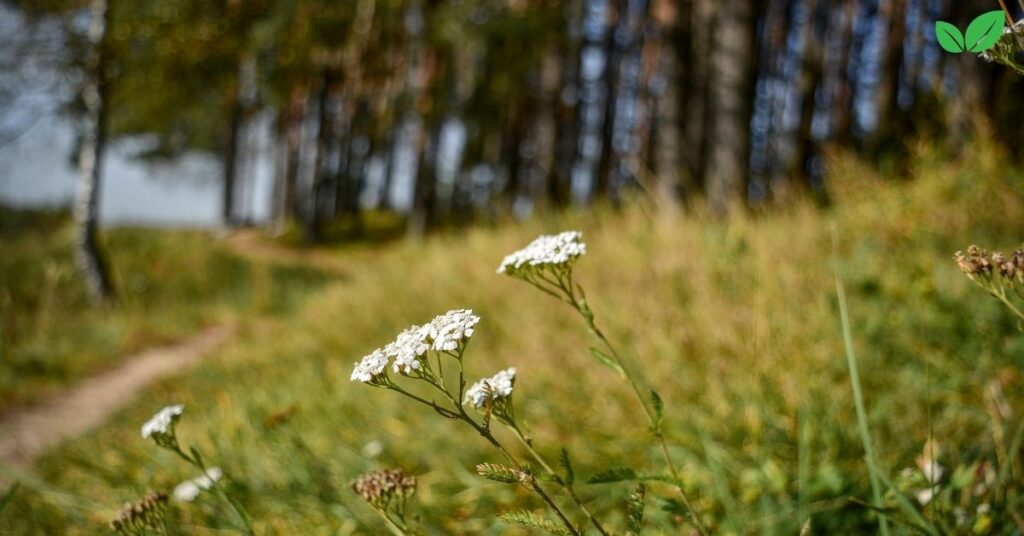
Drought Tolerance
As climate change leads to more frequent and severe droughts in many parts of the world, drought-tolerant plants like Achillea are becoming increasingly important for maintaining resilient ecosystems. Achillea’s ability to survive with minimal water makes it a valuable species for restoring degraded landscapes, particularly in regions experiencing desertification or water scarcity.
In areas prone to drought, planting Achillea can help stabilize soils, reduce erosion, and provide habitat for wildlife, even in harsh conditions. Its deep root system allows it to access water from deeper soil layers, enabling it to persist through periods of extended dryness. As a result, Achillea can play a vital role in building climate-resilient landscapes that can withstand the impacts of changing weather patterns.
Carbon Sequestration
While Achillea is not typically associated with high levels of carbon sequestration like trees and shrubs, it still contributes to this important ecosystem service. The plant’s perennial nature means that its biomass accumulates over time, and as it dies back and decomposes, organic matter is incorporated into the soil. This process not only improves soil structure and fertility but also sequesters carbon, helping to mitigate the effects of climate change.
When it is used in restoration projects, its role in carbon sequestration becomes more pronounced, particularly in large-scale revegetation efforts aimed at restoring degraded ecosystems. By increasing plant cover and promoting healthy soil processes, Achillea contributes to the long-term storage of carbon in terrestrial ecosystems.
Enhancing Ecosystem Resilience
Achillea’s resilience to a range of environmental stresses, including drought, poor soils, and disturbance, makes it an important species for enhancing overall ecosystem resilience. In the face of climate change, ecosystems that include diverse, adaptable species like Achillea are more likely to withstand the pressures of shifting conditions, such as changing precipitation patterns and increased temperatures.
By incorporating it into restoration projects and sustainable landscaping practices, land managers can create ecosystems that are better equipped to adapt to the uncertainties of a changing climate. The plant’s ability to support pollinators, enhance soil health, and provide habitat for wildlife further reinforces its role in promoting resilient, healthy ecosystems.
The Cultural and Medicinal Significance of Achillea

Traditional Medicine
Achillea has a long history of use in traditional medicine, dating back thousands of years. The plant is named after the Greek hero Achilles, who, according to legend, used yarrow to treat wounds on the battlefield. This association with healing continues today, as it is commonly used in herbal medicine for its anti-inflammatory, antiseptic, and astringent properties.
It contains various bioactive compounds, including flavonoids, alkaloids, and tannins, which are believed to have medicinal benefits. It has been used to treat a wide range of ailments, from digestive issues and fevers to skin conditions and menstrual problems. The plant’s ability to promote wound healing and stop bleeding has made it a staple in traditional herbal remedies for centuries.
Cultural and Historical Uses
In addition to its medicinal uses, it has played an important role in various cultures throughout history. In ancient European folklore, yarrow was believed to have protective properties and was often used in rituals to ward off evil spirits and promote good fortune. The plant was also used in love charms and divination practices, highlighting its significance in cultural traditions.
Achillea’s use as a dye plant is another example of its cultural importance. The plant’s leaves and flowers can be used to produce natural dyes in shades of yellow and green, which were historically used to color textiles and other materials. In some cultures, yarrow was also used as a flavoring agent in alcoholic beverages, such as beer and mead, adding another dimension to its historical utility.
Achillea in Modern Environmental Science
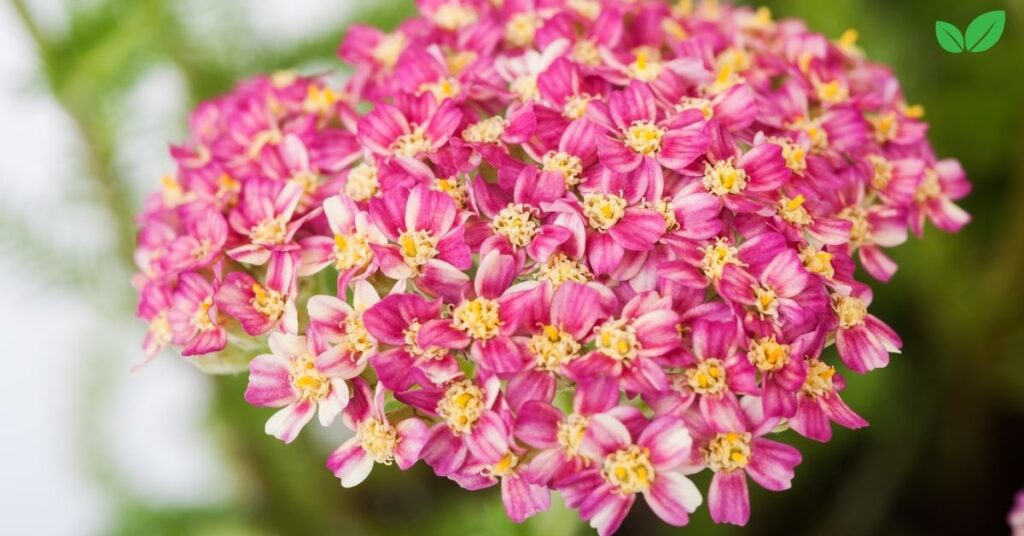
Ecological Restoration and Conservation Biology
Achillea’s role in ecological restoration is of particular interest to modern environmental scientists. The plant’s ability to improve soil health, prevent erosion, and support biodiversity makes it an ideal candidate for restoration projects aimed at rehabilitating degraded landscapes. Scientists are increasingly studying Achillea’s interactions with other species, its role in nutrient cycling, and its potential for use in climate adaptation strategies.
In conservation biology, it is often used in seed banks and native plant nurseries to preserve genetic diversity and support the reestablishment of native plant communities. By collecting and propagating seeds from wild populations of Achillea, conservationists can ensure that the plant remains a part of functioning ecosystems, even in the face of habitat loss and climate change.
Sustainable Agriculture and Agroecology
Achillea’s potential applications in sustainable agriculture and agroecology are also gaining attention. As a companion plant, it can improve crop yields by attracting beneficial insects and enhancing soil fertility. Its ability to reduce the need for synthetic inputs, such as chemical fertilizers and pesticides, makes it a valuable tool in organic farming systems.
Moreover, scientists are exploring the use of Achillea in polycultures—diverse planting systems that mimic natural ecosystems. In these systems, it can contribute to pest management, improve soil structure, and support pollinator populations, all of which are critical for maintaining sustainable agricultural practices in the face of global food security challenges.
Conclusion
Achillea, a resilient and versatile plant, plays a significant role in both natural and human-made ecosystems. From its contributions to biodiversity and pollinator support to its ability to improve soil health and prevent erosion, it is an essential species for maintaining ecological balance. Its adaptability to different environmental conditions, including drought and poor soils, makes it a key player in sustainable landscaping and restoration projects.
As climate change continues to alter the landscapes in which Achillea thrives, the importance of this plant in promoting ecosystem resilience and sustainability cannot be overstated. Conservation efforts aimed at protecting natural habitats, restoring degraded ecosystems, and supporting biodiversity will ensure that Achillea continues to play its vital ecological role for generations to come.
Read More: Ragged Robin Plant: Everything You Need to Know to Grow This Beauty

